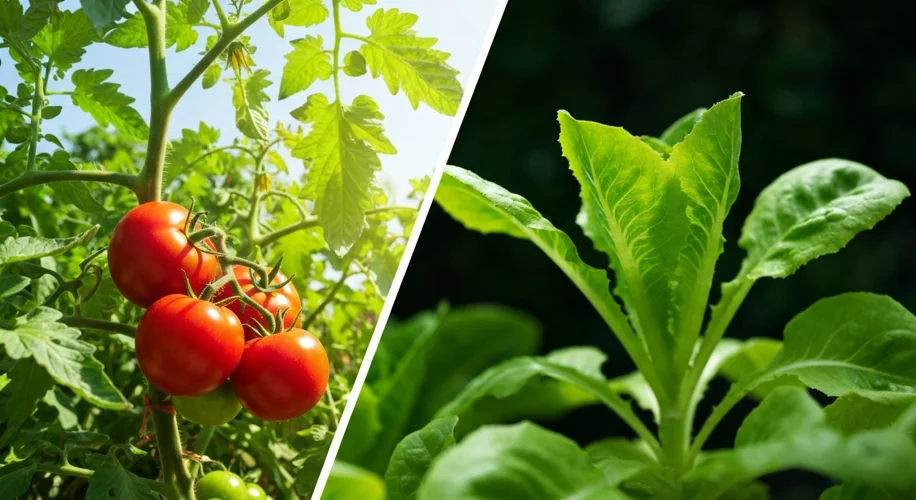Hey everyone! Elias here. August 21st, 2025 – and it’s still warm enough out there to really appreciate how plants soak up the sun.
We talk a lot about watering, soil, and feeding our plants, but sometimes the most fundamental need gets overlooked: light. It’s the energy source for photosynthesis, the process that turns sunlight, water, and carbon dioxide into food for the plant. Without enough of the right kind of light, even the best soil and water won’t get you very far.
Think about my vegetable garden. My tomatoes, which I’m always fussing over, are absolute sun-worshippers. They get the full blast of the midday sun in my backyard, and that’s where they produce those juicy, red fruits. On the other hand, my lettuce and spinach prefer a bit more shade, especially during the hottest part of the day. Too much direct sun can actually scorch their delicate leaves, making them bitter.
This difference is all about light intensity and duration. Some plants, like succulents and cacti, thrive in very bright, direct sunlight for many hours. Others, like ferns or hostas, prefer indirect light or dappled shade. It’s a bit like us – some people love lying out on the beach all day, while others prefer a shady spot under a tree.
I’ve done a few experiments right in my own home. I have a south-facing window that gets brilliant light. Plants like my Monstera and Pothos do exceptionally well there, unfurling new leaves regularly. But I once tried to grow a delicate peace lily in that same spot, and it was not happy. The leaves drooped and yellowed, a clear sign it was getting too much sun. I moved it to a spot with bright, indirect light near an east-facing window, and it perked right up, even blooming later that year!
So, how can you figure out the best light for your plants? It starts with observation.
- Observe your space: Note which areas get direct sunlight and for how long. A window facing south will generally get the most light, followed by east (morning sun), then west (afternoon sun), and finally north (least direct light).
- Know your plants: Most plant tags or online descriptions will give you clues. Look for terms like “full sun” (6+ hours of direct sun), “part sun/part shade” (4-6 hours of direct sun), or “shade” (less than 4 hours of direct sun, or only bright, indirect light).
- Watch your plants: Your plants will tell you if they’re happy. Too little light can lead to leggy growth, small leaves, and pale color. Too much light can cause scorched spots, wilting, or bleached-out leaves.
Don’t be afraid to experiment! If a plant isn’t thriving, try moving it to a different spot. Sometimes, a change of just a few feet can make all the difference. It’s about finding that sweet spot where your plant can truly flourish. That’s what I love about gardening – it’s a constant learning process, and our plants are always teaching us.
Happy growing!

